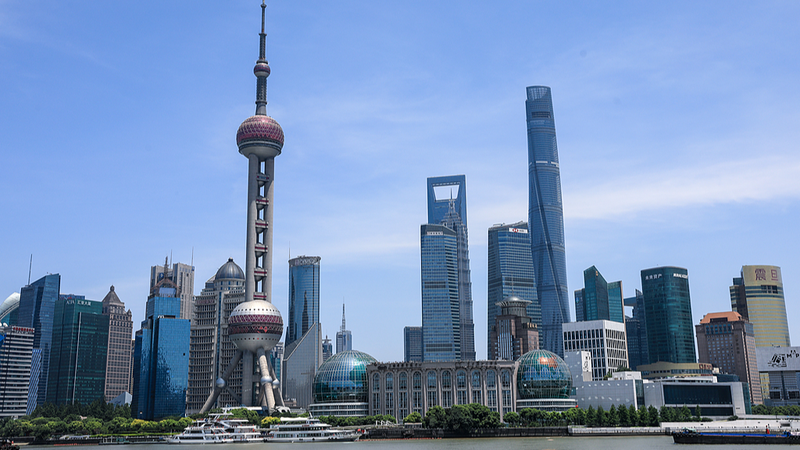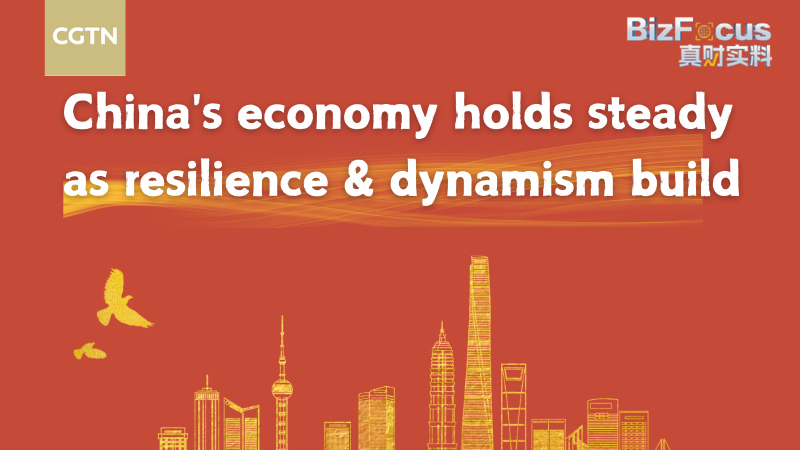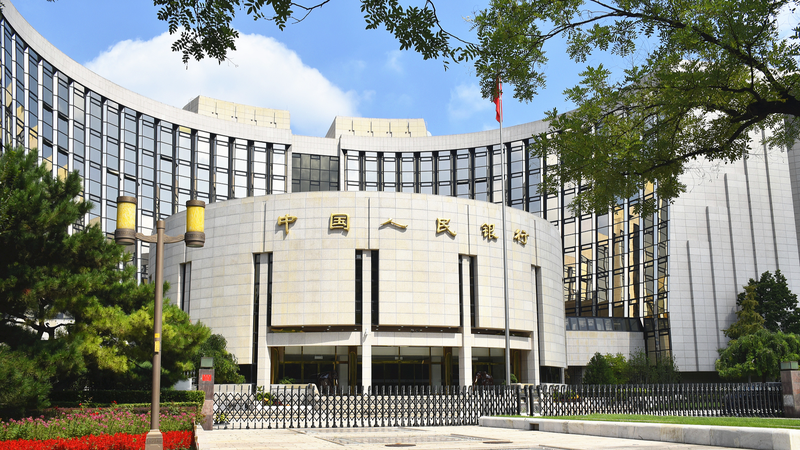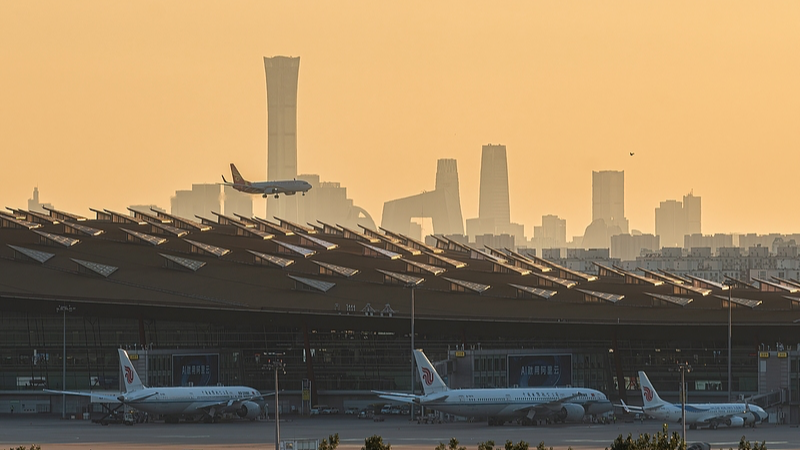Bridging the Gap: Shanghai’s Rural-Urban Integration
When people think of Shanghai, the gleaming skyscrapers of Lujiazui and the historic Bund often come to mind. But beneath this iconic skyline lies one of the city’s most transformative strengths: a dynamic rural-urban integration strategy that is reshaping communities and setting new standards for sustainable development.
Smart Infrastructure for All
Over the past decade, Shanghai has invested heavily in transport links, ensuring that villages on the city’s outskirts are connected by high-speed rail, metro lines, and green bus routes. This network not only cuts commute times but also brings essential services—like education and healthcare—right to residents’ doorsteps.
Digital Villages and Economic Growth
Shanghai’s digital villages initiative equips rural communities with high-speed internet and e-commerce platforms. Farmers and artisans now sell local specialties directly to buyers across the globe, boosting incomes and preserving cultural heritage. By blending tradition with innovation, these initiatives are creating new economic opportunities and keeping young talent engaged at home.
Cultural Exchange and Community Building
Integration isn’t just about infrastructure; it’s about people. Community centers host art exhibitions, tech workshops, and cultural festivals that bring city dwellers and rural residents together. These events foster understanding, spark creativity, and inspire collaborative projects—from eco-friendly farming to urban art installations.
A Model for Global Cities
Shanghai’s approach offers valuable lessons for young global citizens, entrepreneurs, and changemakers: successful integration requires a mix of smart planning, digital innovation, and community-led initiatives. As cities worldwide face challenges of sustainability and social equity, Shanghai’s blueprint shows how rural and urban can thrive together.
By weaving together technology, infrastructure, and culture, Shanghai is turning its rural-urban divide into a powerful asset—and charting a course for resilient, inclusive growth in the 21st century.
Reference(s):
cgtn.com




